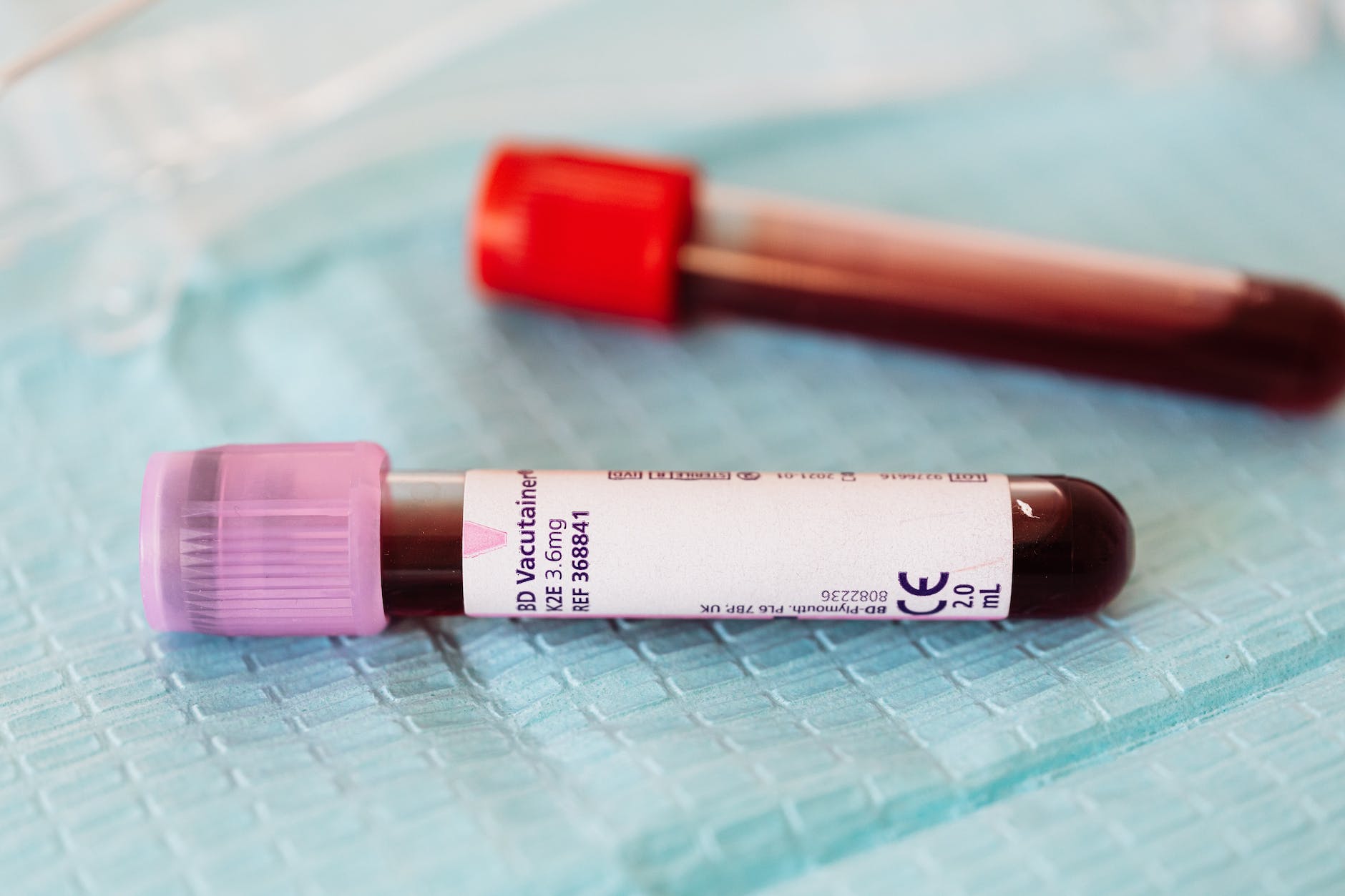30/11/2023
30/11/2023
KUWAIT CITY, Nov 30: Experts have agreed that treating risk factors early may slow or stop high blood pressure and cholesterol causing atherosclerosis in young people, according to the New Atlas website, as reported by Al-Qabas Arabic daily. A recent study discovered that high blood pressure and cholesterol have a significant impact on the development of atherosclerosis in people over 40 years old, compared to those over 48 years old.
The results of the study indicated that intervention to address risk factors early may slow or stop the disease. It added that despite advances in medicine, heart disease and blood vessels associated with atherosclerosis remain the main cause of death. Since atherosclerosis often begins early in life and develops without obvious symptoms; detecting the disease during its subclinical stage is essential for starting preventive measures in a timely manner to slow its progression, the experts explained. The new study, conducted by scientists at the Spanish National Center for Cardiovascular Research (CNIC) and whose results were published in the Journal of the American College of Cardiology, investigated early sub-clinical atherosclerosis in middle-aged individuals without symptoms to determine the factors that affect it.
Bozja Ibáñez, one of the researchers involved in the study, disclosed: “The results show that moderate increases in blood pressure and cholesterol have a more pronounced effect on the development of atherosclerosis in young people.” The study involved 3,471 participants with no history of cardiovascular disease. The participants – between the ages of 40 and 55 years – underwent three-dimensional ultrasound of the blood vessels (3DVUS, id jrkdm), which is an imaging technique that provides an accurate quantitative estimate of the plaque size of the carotid and femoral arteries. At three-year intervals, CT scans determined the participants’ coronary artery calcium score (CAC), which is a measurement of calcified plaques in the walls of the heart’s arteries.
Following are the most important points in the study: - High blood pressure and cholesterol have a major impact on the development of atherosclerosis in people over 40 years old. - Detecting atherosclerosis during its sub-clinical stage is important for initiating preventive measures to slow its progression - Control of risk factors should begin early to prevent the development of atherosclerosis.

Lifestyle and family history
At each visit, participants provided information on lifestyle factors such as smoking, daily meals, physical activity and sleep. A family history of diseases and cardiovascular diseases was also taken. Blood tests and physical examinations were performed, including blood pressure measurements. The primary outcome of the study was the development and regression of subclinical atherosclerosis from baseline to six years as measured by 3D ultrasound.
Over a period of six years, subclinical atherosclerosis developed in 327 middle-aged participants who did not show symptoms, while eight percent of the participants showed a decline in their atherosclerosis and the rest remained stable. Among the participants, 465 had metastatic disease at enrollment and 535 did not. Among the stable participants, 397 had metastatic disease at enrollment and 603 remained disease-free throughout the study period. The researchers said their findings have important implications for cardiovascular disease prevention and personalized medicine.
This indicates that controlling risk factors, especially high blood pressure and cholesterol should be started early to prevent the development of atherosclerosis. Vantin Foster, another researcher involved in the study, explained that “detecting subclinical atherosclerosis at an early age with strong control of risk factors can help reduce the global burden of cardiovascular disease.” The researchers added that the results also prove that “atherosclerosis can be treated through intervention in the early stages,” noting that eight percent of the participants achieved complete recovery from plaques. They also speculated that this relatively small number could be increased by controlling risk factors. They added: “Until now, the prevailing idea has been that atherosclerosis is a progressive disease, and efforts should be made to avoid its transition to clinical stages.”


